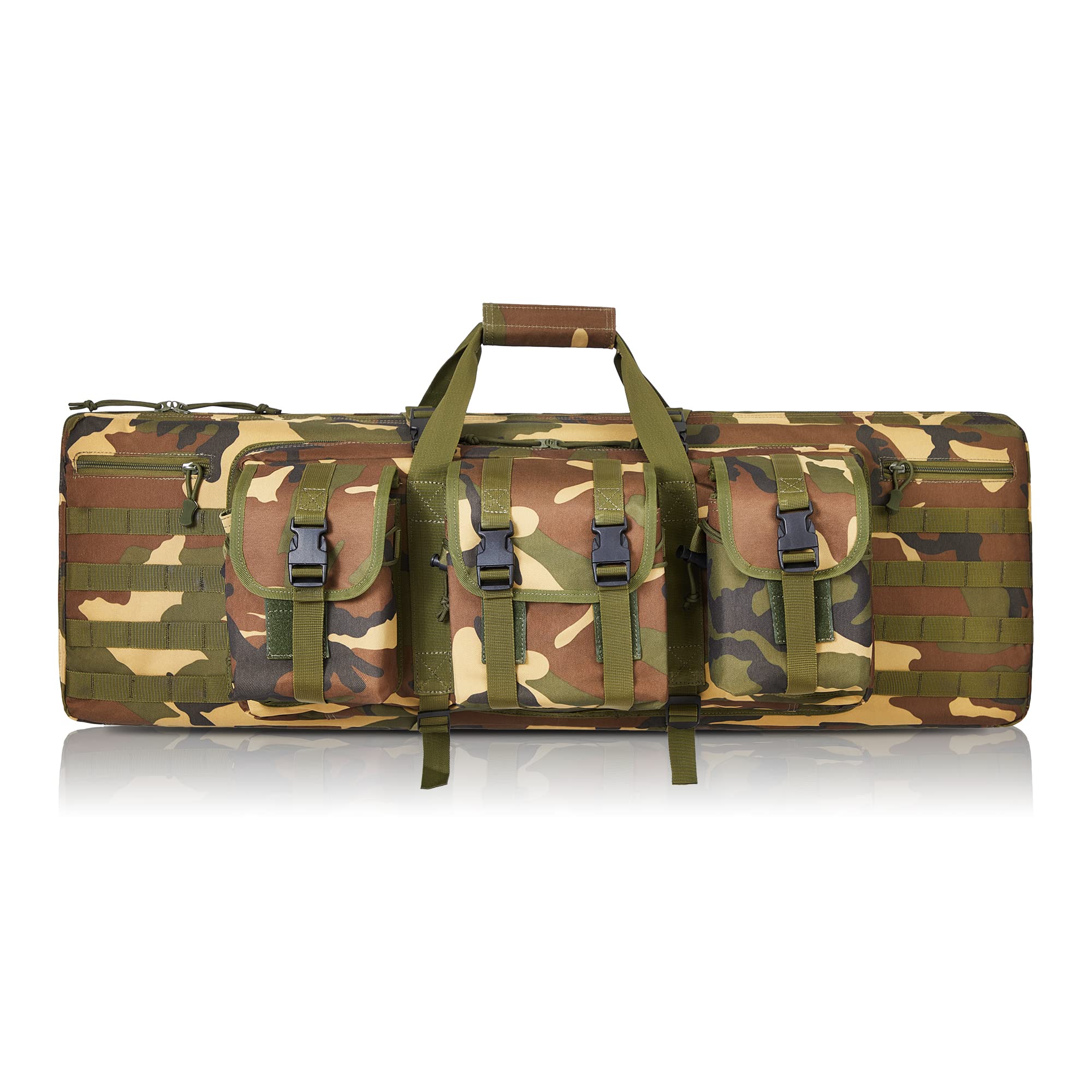Unlock the Secrets to Perfectly Protecting Your Sniper Rifle!
Transporting a sniper rifle can be a daunting task, especially for those who value precision and performance. Protecting your rifle during transport is of utmost importance, as improper handling can lead to damage that affects accuracy and longevity. Imagine spending years honing your skills only to have a single careless moment ruin your investment. A proper sniper rifle carry case not only safeguards the rifle from physical damage but also shields it from environmental factors like moisture and dust. Without a good case, you risk scratches, dings, or even more severe structural damage that could render your sniper rifle less effective or even unusable. In this article, we will explore the best practices for choosing and using a carry case for your sniper rifle, ensuring that your prized possession is always in perfect condition.

Understanding the Basics of Sniper Rifle Carry Cases
A sniper rifle carry case is designed specifically for the transportation and protection of sniper rifles. Its primary functions include safeguarding against physical impacts, environmental hazards, and providing a secure space for the rifle during transit. There are various types of carry cases available, including hard cases, soft cases, and tactical cases. Hard cases are typically made from rigid materials and offer maximum protection, while soft cases are lighter and more portable but may not provide the same level of impact resistance. Tactical cases often feature additional compartments for accessories and gear, making them a popular choice for shooters who need to transport more than just the rifle itself. Understanding these options is crucial for selecting the right case that aligns with your needs and shooting style.
Key Features to Look for in a Carry Case
When selecting a carry case for your sniper rifle, several essential features should be considered to ensure optimal protection. First and foremost, adequate padding is crucial; it absorbs shocks and impacts during transport, reducing the risk of damage to the rifle. Additionally, the material of the case plays a significant role in its durability and protective qualities. Look for cases made from high-quality, long-lasting materials that can withstand wear and tear. Size is also a key factor; a case that is too large can allow movement, while one that is too small may not fit the rifle properly. Compartments are another important feature; they help keep accessories organized and prevent scratches on your rifle. By focusing on these features, you can choose a carry case that will effectively protect your sniper rifle.
Material Considerations
The materials used in carry cases can significantly impact the level of protection offered. Waterproof materials are essential for safeguarding against moisture, which can lead to rust and corrosion. Look for cases that are made with waterproof zippers and sealed seams to enhance their water-resistant properties. Scratch-resistant options are also beneficial, as they help maintain the aesthetic appeal of your rifle. Fabrics such as nylon or polyester are popular choices due to their lightweight yet durable nature. Additionally, consider cases with reinforced corners and edges, which are often the most vulnerable areas in terms of impact damage. By understanding the benefits of different materials, you can make a more informed decision when selecting a carry case for your sniper rifle.
Choosing the Right Size for Your Sniper Rifle
Selecting the correct size for your carry case is crucial in ensuring that your sniper rifle is snugly fit and secure during transport. An ill-fitting case can lead to unnecessary movement, increasing the risk of damage from impacts and jostling. Measure the length and width of your rifle, including any attachments or accessories, to ensure you choose a case that accommodates its dimensions comfortably. It's often wise to opt for a case that allows for a little extra room for padding but doesn’t allow for excessive space that could cause the rifle to shift. Remember, a well-fitted case not only protects your rifle but also makes it easier to handle and transport safely.
Best Practices for Using a Sniper Rifle Carry Case
Properly storing and transporting your sniper rifle in a carry case is essential for maintaining its condition. Always ensure that the rifle is unloaded before placing it in the case, and consider using a trigger lock as an additional safety measure. When storing the rifle, make sure to use the padding provided in the case to secure it in place, preventing it from moving around during transit. Regular maintenance of both the carry case and the rifle is also crucial; clean the interior and exterior of the case to remove any dirt or debris that could scratch the rifle's finish. Additionally, inspect the case for any signs of wear, such as fraying straps or damaged zippers, and replace it if necessary. By following these best practices, you can keep your sniper rifle in excellent condition for years to come.
Safeguarding Your Sniper Rifle: A Final Thought
In summary, protecting your sniper rifle during transport is vital for preserving its performance and longevity. By understanding the types of carry cases available and the key features to look for, you can make an informed decision that best suits your needs. Remember to consider the materials, size, and best practices for using a carry case to ensure your rifle remains in optimal condition. Investing in a quality carry case is not just about protection; it's about safeguarding your passion and ensuring that your sniper rifle is ready for action whenever you are.







